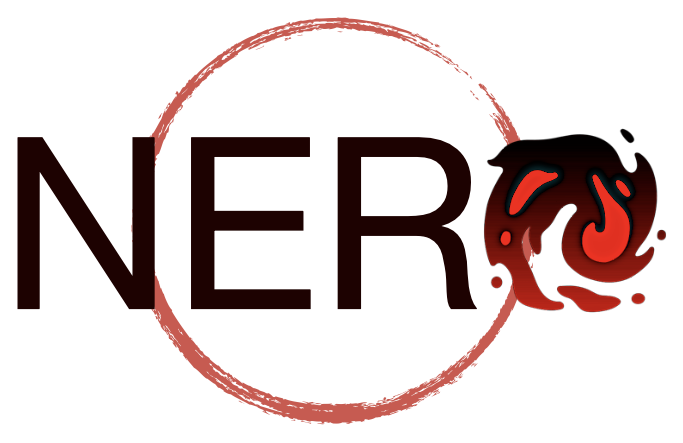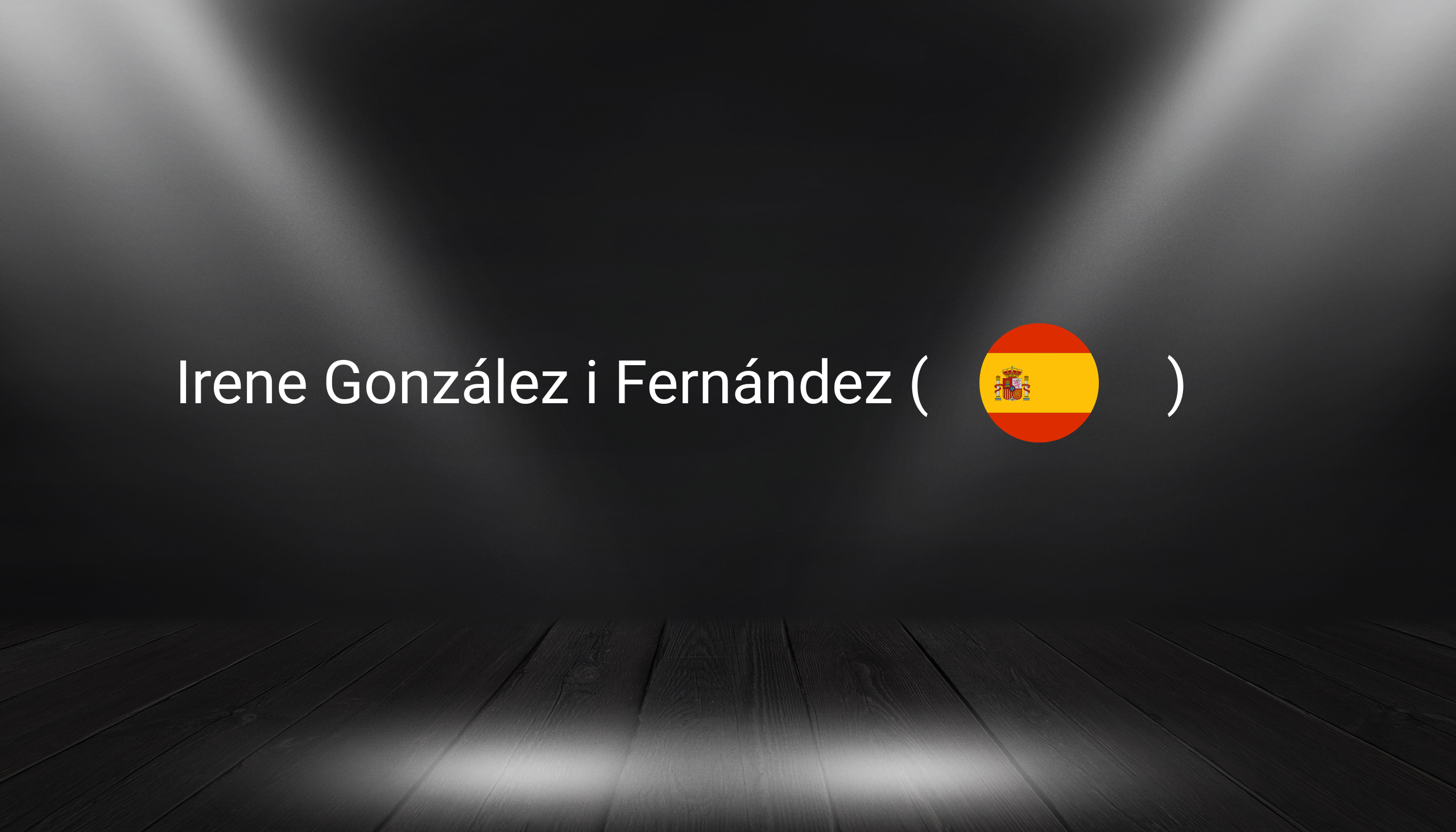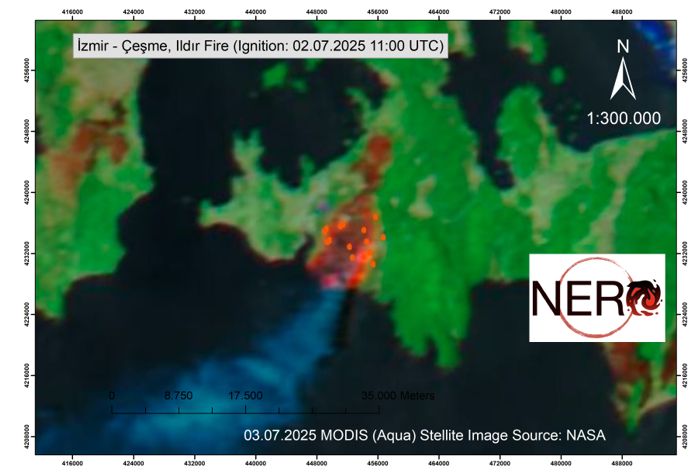
I come from a background in mathematics and computer engineering, and I’m currently pursuing a Ph.D. in Computer Science at the Universitat Autònoma de Barcelona. Over the years, I’ve become increasingly focused on how computational methods can be applied to wildfire research—specifically in simulation, modeling, and data analysis. My work sits at the intersection of technical innovation and real-world application, aiming to build tools that not only model wildfires more accurately, but also work fast enough to be useful when every second counts.
🔥 Challenges in Wildfire Research
Wildfire modeling presents many complex challenges. One of the key issues I’m addressing is the way wildfire perimeters are represented in simulations—often simplified and inefficient for high-accuracy work. I also analyze thermal imagery to improve the detection of burned areas, which is crucial for response and recovery. Lastly, a major part of my work focuses on improving the speed and efficiency of wildfire simulators, so they can be realistically used in time-sensitive decision-making during fire events.
🧠 What Makes My Approach Unique
My approach emphasizes mathematical precision and computational optimization. Instead of relying on rough polygon-based fire front representations, I use smooth curves for more realistic modeling. This subtle technical shift significantly enhances simulation quality. Additionally, I’m refining the algorithms to be faster and lighter—making them more accessible for operational use. On the post-fire side, I’m exploring how to extract deeper insights from thermal data to improve post-event assessments.
🚒 Impact on Wildfire Management
The tools I develop are designed to directly benefit on-the-ground firefighting and decision-making. By making simulators faster and more reliable, my work supports teams working under pressure, helping them predict fire movement more accurately and respond more effectively. In practice, this can mean smarter strategies, better allocation of resources, and potentially saved lives and landscapes.
🌍 Connecting with NERO
NERO connects researchers like me with experts across Europe, creating space for collaboration and real-world testing. It’s a unique opportunity to understand how technical research like mine fits into the broader wildfire management ecosystem. Through NERO, I aim to refine my tools further with feedback from practitioners and explore cross-disciplinary innovations that bridge research and practice.
💡 Key Message
“Small technical improvements add up—especially when they help make models more practical for real-world use.”





